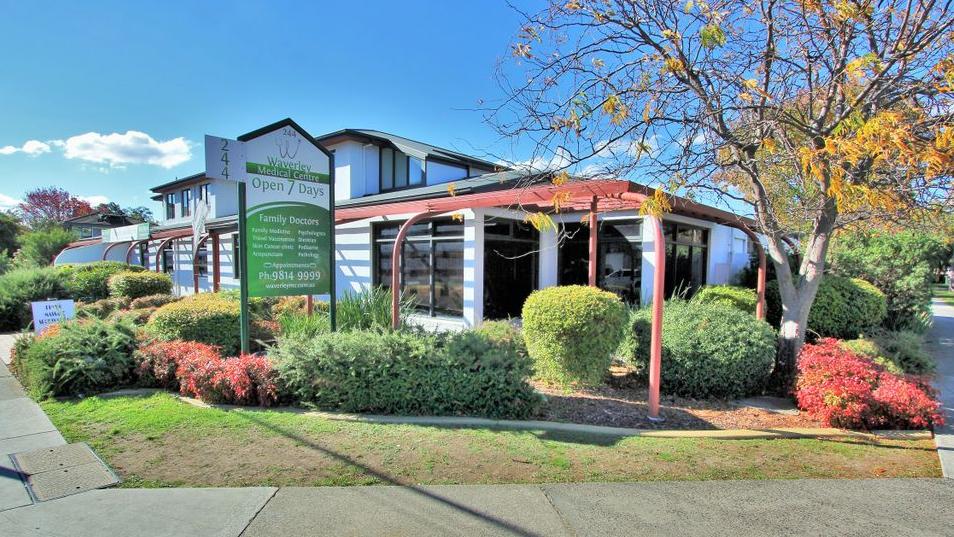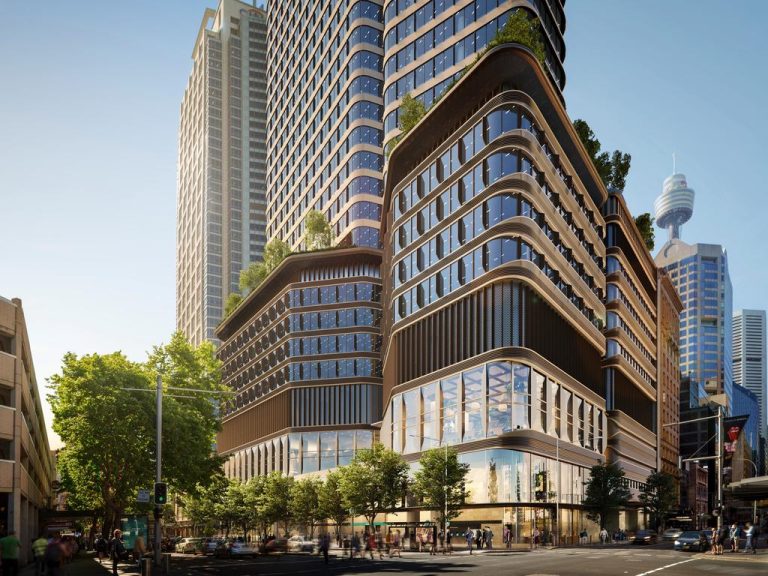Commercial property: what could be the fallout from COVID-19?

Unlike the residential property market, where the Federal Government’s coronavirus stimulus package will have a positive impact, the outcomes for commercial property are more complex.
Right now, hygiene measures across all property types are critical and it is likely that some tenants and owners will require rent or mortgage relief.
But which groups are most at risk?
The first round of stimulus didn’t have a direct impact on property, but it will support the economy and therefore the property market indirectly. The RBA rate cut will have a direct positive impact on mortgage holders and will provide cheaper finance for those looking to buy. The RBA has also launched support packages for small and medium sized businesses and lenders, which won’t impact property directly, but again will support the economy.
At this stage, the biggest risk to property is rising unemployment and an increase in distressed sales. The stimulus packages are making home loans cheaper but will ideally minimise people becoming unemployed. The border shutdown will impact foreign purchasers of Australian property and is likely to have some impact on the new homes market, however, offshore buyers have been a small component of the market since 2017.
While there are a lot of people watching for prices to fall dramatically so that they can grab a bargain, at this stage I don’t believe that will happen. This is a short-term health emergency and the amount of stimulus being pumped into the economy is extreme with the government laser-focused on stemming job losses.
Prime Minister Scott Morrison announced a second-round $66 billion stimulus package yesterday, building on the measures included in the first $17.6 billion package.
At this stage, mortgage payment relief for those impacted by COVID-19 has not been mandated in the same way it has in many other countries, although we have seen major banks start to offer it independently.
According to the Government, the total economic assistance package is worth $189 billion – equivalent to 9.7% of Australia’s gross domestic product.
While it doesn’t have a direct impact on property, the multi-billion dollar lifeline will support the economy and therefore the property market indirectly.
The RBA rate cut will have a direct positive impact on mortgage holders and will provide cheaper finance for those looking to buy. The central bank has also launched support packages for small and medium-sized businesses and lenders, which won’t impact property directly, but again will support the economy.
The aim of stimulus
We may be going through a health crisis that has put a crunch on productivity, but there is certainly no shortage of money. Interest rates were cut again to just 0.25%, the RBA are starting quantitative easing and banks are ready to lend. Around the world we are seeing banks agree to put a hold on mortgage repayments for people that become temporarily unemployed. For property, all of this is very good news. And it has, in fact, dramatically changed my view as to the outlook for the property market in Australia.
While property buyers and mortgage holders love a rate cut, the aim of the stimulus packages being announced by federal and state governments is aimed at ensuring three things:
- That as many of us remain employed as possible, but if we lose our jobs temporarily we are able to meet basic payments (rent, mortgage, utilities etc)
- That firms don’t bankrupt
- That productivity problems don’t turn into a financial crisis as non-performing loans increase
Hotels
Hotels in particular are highly vulnerable given the plummet in tourism numbers. At this stage, border shutdowns are particularly bad news and forced isolation will be an ever greater challenge.
Office
Many offices aren’t occupied right now but all tenants should be able to pay rent for the short term. We are likely to see rising vacancy levels and a softening of yields, however it is the longer-term impacts that are more interesting.
Most companies have now had to enact working from home procedures. Post COVID-19 it is likely that some companies may allow more of this in the future, requiring less office space. Shared office spaces will potentially be seen as a much higher health risk. This puts in to doubt the future of WeWork type models while ‘hot desking’ will require far more stringent cleaning procedures.
Retail
The retail sector was tough prior to COVID-19 but we are now seeing vastly different performance for anyone selling non-discretionary products (particularly supermarkets), as well as home entertainment (e.g., Harvey Norman, JB HiFi).
Conversely, it is an incredibly tough time for cafes, restaurants and fashion retailers.
Post COVID-19, we will ideally see stimulus measures provide a big push to retail spending and this will help retailers and shopping centres.
Industrial
The industrial sector will be hit by a general economic slowdown and is probably already struggling with supply chain issues.
Overall, industrial property is one of the property types more immune to the COVID-19 fallout.
Development
Development site demand is likely to be limited and the eventual outcome will depend on what happens with the established residential market.
The new home build market was starting to pick up early this year but there will be a slowdown in demand over the next two months.
Offshore demand is unlikely to pick up for a long time, however, this hasn’t been a big driver of the new home market for quite some time.
Post COVID-19, demand for new homes will again closely follow the recovery of established housing.
Medical
One very strong sector of commercial property will be medical-related property. Right now, there are issues around capacity and hygiene measures but post COVID-19 there will be a lot of investment in this space to ensure Australia is well equipped to cope with future health emergencies.
Overall for the investment market, there is no shortage of money and it is likely that many potential buyers are looking closely for opportunities.







